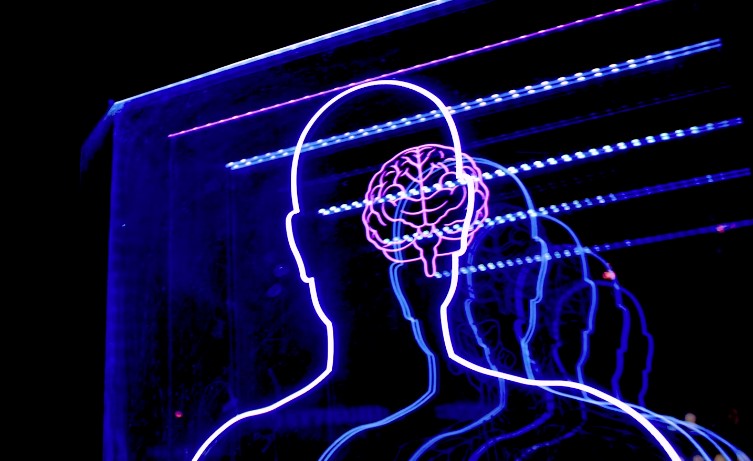Neuralink returns to be talked about and to amaze: a quadriplegic boy managed to play chess on the computer thanks to the chip that was implanted in his brain.
Table of Contents
Thanks to Neuralink, a quadriplegic boy played chess
It is not uncommon to hear about Elon Musk and his ideas. The billionaire is well known for his visionary projects, which sometimes people like and sometimes don’t. In particular, he caused a lot of discussion about the new startup Neuralink, which aims to change people’s lives through a brain implant.
Until a few days ago, no particular results had been seen, but the video published by the startup showed its enormous potential. In the content we see a 29-year-old boy, Noland Arbaugh, paralyzed from the shoulders down, intent on playing chess on the PC.
How did he do it? Without using the mouse obviously, moving the cursor simply using your mind. This is one of the first strong representations of the potential of the chip created by Neuralink, which probably has yet to fully express its value.
It is clear that this system is already surprising: if through the mind you can be able to move a cursor, then even in the medical field this represents an innovation that can change the lives of many people.
How Noland lives now
After undergoing brain implant surgery, Noland’s life changed profoundly. The boy said he plays a video game and also takes lessons in two languages: French and Japanese.
All thanks to the Neuralink chip which in just a few weeks managed to change his life, giving him again the opportunity to cultivate some of his passions and hobbies that he had to deprive himself of for a long time.
Neuralink’s goals
Elon Musk’s vision for Neuralink is ambitious: the tycoon has stated that he expects the technology developed by his startup to be able to radically change the world. The goal is to create a direct interface between the human brain and machines, paving the way for new possibilities in the fields of medicine, communication and interaction between man and machine.
The recent success with Arbaugh, a quadriplegic patient, represents just the beginning of what Musk hopes will become a revolution in the way we interact with technology.
Experts warn that we are still in the early stages of development and that there are still many challenges to face.
Kip Ludwig, former director of the neural engineering program at the US National Institutes of Health, pointed out that both Neuralink and patients still have a lot to learn to maximize the control and effectiveness of the neural interface. However, Ludwig noted that Arbaugh’s success still represents a positive step toward achieving this goal.
Read also: Elon Musk and Neuralink seek volunteers to have a chip implanted in their brains












